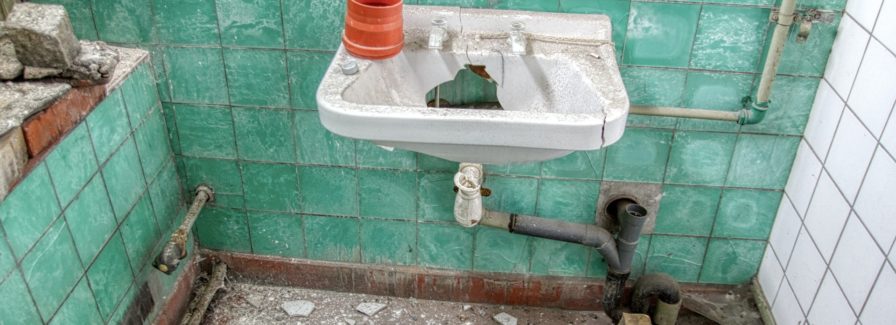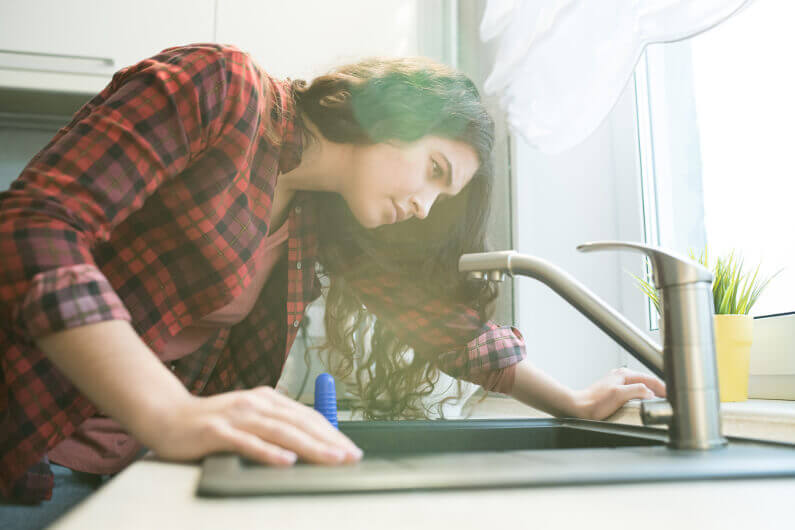Practical Methods to Resolve Plumbing Issues in Older Homes
Practical Methods to Resolve Plumbing Issues in Older Homes
Blog Article
Each person maintains their own individual rationale on the subject of Plumbing Issues in Older Properties and How to Fix Them.

Older homes commonly include appeal, character, and history, yet they can also bring a host of pipes issues. Whether you're managing aging pipelines, low tide stress, or leaks, understanding exactly how to attend to these usual troubles is vital to maintaining a secure and practical home. In this guide, we'll explore the typical pipes challenges dealt with by older homes and supply functional options to keep your plumbing in top shape.
Understanding Common Plumbing Problems
Aging Pipelines
One of one of the most common problems in older homes is aging pipes. Relying on the era in which your home was constructed, the pipes could be made from materials that have actually deteriorated with time, such as galvanized steel, cast iron, and even lead. These products can corrode, come to be breakable, or develop leaks, leading to water damages and possible health hazards.
Low Tide Pressure
If you're experiencing low water pressure, it could be as a result of natural resources, corrosion inside the pipes, or old fixtures that are no more working effectively. This can be a significant inconvenience, especially in areas like showers and sinks.
Dripping Pipelines
Leaks are one more constant issue in older homes, commonly brought on by corroded or damaged pipes. Even little leakages can bring about significant water damage, mold and mildew growth, and enhanced water bills otherwise resolved promptly.
Out-of-date Components
Outdated plumbing fixtures such as taps, toilets, and showerheads not only look old but might additionally be much less efficient, prone to leaks, or incompatible with modern pipes criteria.
Pipe Rust
Deterioration is an usual issue in older pipes, especially those made from galvanized steel or actors iron. Rusty pipes can restrict water flow, trigger discoloration, and eventually bring about leakages or pipe bursts.
Analyzing the Condition of Your Plumbing
Evaluating Visible Pipes
Begin by examining any visible pipelines in your home, such as those in basements, crawl spaces, or under sinks. Search for indicators of corrosion, leaks, or rust, which can show underlying problems.
Checking for Leakages
Check for leaks by evaluating areas around taps, bathrooms, and under sinks. You can additionally check your water meter before and after a period of no water utilize to detect covert leaks.
Water High Quality Testing
Older pipes can affect the high quality of your water. Conduct a water top quality examination to check for contaminants such as lead, corrosion, or various other pollutants that might be introduced by aging pipes.
Solutions for Typical Plumbing Concerns
Replacing Aging Pipelines
If your home has old, deteriorating pipes, think about replacing them with modern-day materials like copper or PEX. This can be a considerable investment, however it will prevent future issues and improve the safety and security and integrity of your pipes system.
Repairing Low Tide Stress
To fix low water pressure, start by cleaning or replacing old components and getting rid of mineral build-up in the pipelines. If the issue persists, it might be needed to replace areas of corroded pipelines.
Repairing and Changing Leaking Pipelines
For little leaks, you can use pipeline clamps or epoxy putty as a momentary repair. However, it's ideal to replace dripping pipes totally to avoid more damage.
Updating Fixtures
Upgrading old components to modern-day, water-efficient versions can enhance your home's pipes performance and minimize water consumption. Seek fixtures with the WaterSense tag for the very best effectiveness.
Managing Pipe Rust
If your pipelines are corroded, replacing them with corrosion-resistant products like copper, PVC, or PEX is the best option. Normal inspections and water high quality upkeep can help avoid better corrosion.
When to Call an Expert
While some plumbing concerns can be taken care of with DIY services, there are times when it's ideal to call in an expert. If you're taking care of significant leaks, comprehensive rust, or are unclear about the condition of your pipes, a licensed plumbing can supply experienced assessment and repair.
Preventive Maintenance Tips
Regular Evaluations
Regularly examine your plumbing system for indications of damage. Catching concerns early can protect against costly fixings down the line.
Water Stress Law
Ensure your water pressure is within the advised variety to prevent worrying your pipes and fixtures. A plumbing can set up a pressure regulator if needed.
Water High Quality Maintenance
Set up water filters or conditioners if your water high quality is poor. This can safeguard your pipes and fixtures from damages brought on by difficult water or impurities.
Proactive Pipe Substitute
If your home has older pipes, consider proactive substitute prior to major issues arise. This can conserve you from emergency situation fixings and water damages.
Final thought
Taking care of plumbing concerns in older homes needs a combination of alertness, preventative maintenance, and timely upgrades. By recognizing the usual difficulties and understanding when to seek specialist assistance, you can ensure your pipes system stays practical and trustworthy for many years to come.
Common Plumbing Issues in Older Homes
Pipe corrosion
Pipe corrosion is a common plumbing issue in older homes. Several factors can cause pipes to corrode:
Water: Ironically, water is the number one cause of pipe corrosion. When water seeps into cracks in pipes, it can cause the metal to rust and break down, leading to leaks or even burst pipes.
Oxygen: Oxygen is another significant culprit in pipe corrosion. When oxygen interacts with water, it can cause the metal to oxidize and weaken.
Chemicals: Chemicals such as chlorine and fluoride can also contribute to pipe corrosion. These chemicals can react with the metal in pipes, causing them to break down over time.
Leaky pipes
Pipes that leak is one of the most common plumbing issues plaguing residents of older houses. While a small leak may not be a problem initially, it can lead to significant problems if left unaddressed. In addition, water damage can be very costly to repair and may cause damage to electric fixtures, promote mold growth and cause many other issues.
Worn-out fixtures
Older homes often have worn-out fixtures which may need replacement. Over time, the finishes on fixtures can wear down, exposing the underlying metal to corrosion. This can cause fixtures to leak or even break completely. It s best to have a professional plumbing contractor regularly inspect the fixtures in older homes and replaces them if necessary.
Faulty water heaters
A leaky water heater can cause severe damage to the home as it can be both a flood and fire hazard. Call a plumber immediately if it appears that the water heater might be leaking.
If the heater isn t working correctly, it could be because the pilot has gone out. The pilot light going out may indicate gas supply issues or leaks. It is also worth checking the thermostat to see if it needs to be adjusted.
If the water heater is making strange noises, it could be due to sediment buildup in the tank. Sediment can interfere with the heating elements and cause them to overheat. Overheating can damage the tank and shorten the lifespan of the water heater.
https://www.norfleetfamilyplumbing.com/blog/common-plumbing-issues-in-older-homes

I discovered that content on Main Plumbing Issues Found in Old Houses while perusing the search engines. You should take the time to share this content if you enjoyed reading it. Thank-you for your time spent reading it.
Book Instantly Report this page